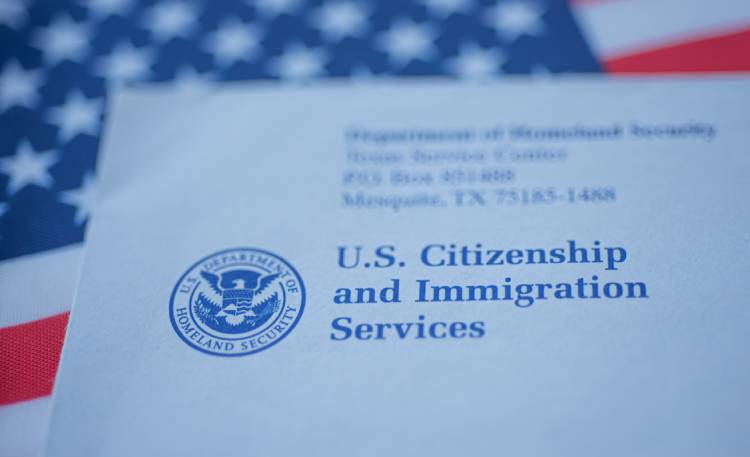Understanding U.S. immigration law requirements, particularly about employment-based visas like the H-1B, and understanding what constitutes a “U.S. employer” according to the U.S. Citizenship and Immigration Services (USCIS) is crucial. For businesses seeking to employ foreign nationals under such visas, meeting these standards is the first step toward a successful petition. We explain the definition of a U.S. employer for immigration purposes here.
1. Definition of a U.S. Employer
According to USCIS, a “United States employer” is defined as a person, firm, corporation, contractor, organization, or other association located within the United States. To qualify under this definition, the entity must meet several specific criteria:
- Engagement in Employment: The entity must engage a person to work within the United States, implying a direct relationship where work is performed on American soil.
- Employer-Employee Relationship: There must be a clear employer-employee relationship. This is indicated by the employer’s ability to hire, pay, fire, supervise, or control the employee’s work.
- IRS Tax Identification: The entity must have an Internal Revenue Service Tax Identification Number, affirming its legitimacy and operational status within the United States.
2. Employer-Employee Relationship and Control
Defining an employer for USCIS involves the employer-employee relationship, particularly the degree of control the employer has over the employee. This relationship is examined under the common law agency doctrine, which considers:
- Control over Work: The employer must have the right to control both the manner and means of the employee’s work.
- Additional Factors: Other factors include the skill required for the job, the source of instrumentalities and tools, the location of the work, the duration of the relationship between the parties, the payment method, the provision of employee benefits, and the tax treatment of the hired party.
3. Practical Implications for Businesses
Proving this relationship can be challenging for businesses, particularly those involved in contracting or consulting. For example, suppose a company places a worker at a client’s site. In that case, USCIS will scrutinize whether the company retains control over the worker’s tasks and supervision despite the physical workplace being external. Contracts, statements of work, and direct evidence of supervision and control are critical in substantiating this claim.
Conclusion
Establishing and maintaining a clear employer-employee relationship with the beneficiary is essential for companies petitioning for H-1 B visas. Failure to demonstrate this relationship can lead to the denial of the petition. Employers should ensure that their documentation and employment practices reflect the requisite control and supervision over their employees to meet USCIS standards.
Subscribe to Our Resources Blog
Schedule a Consultation with an Immigration Lawyer
Citations
We Can Help!
You may have questions regarding U.S. immigration laws and visas. We invite you to contact our team at Richards and Jurusik for detailed guidance and assistance. We aim to provide the most accurate and up-to-date information to make your immigration process smoother and less stressful. The immigration lawyers at Richards and Jurusik have decades of experience helping people to work and live in the United States. Read some of our hundreds of 5-star client reviews! Contact us today to assess your legal situation.







